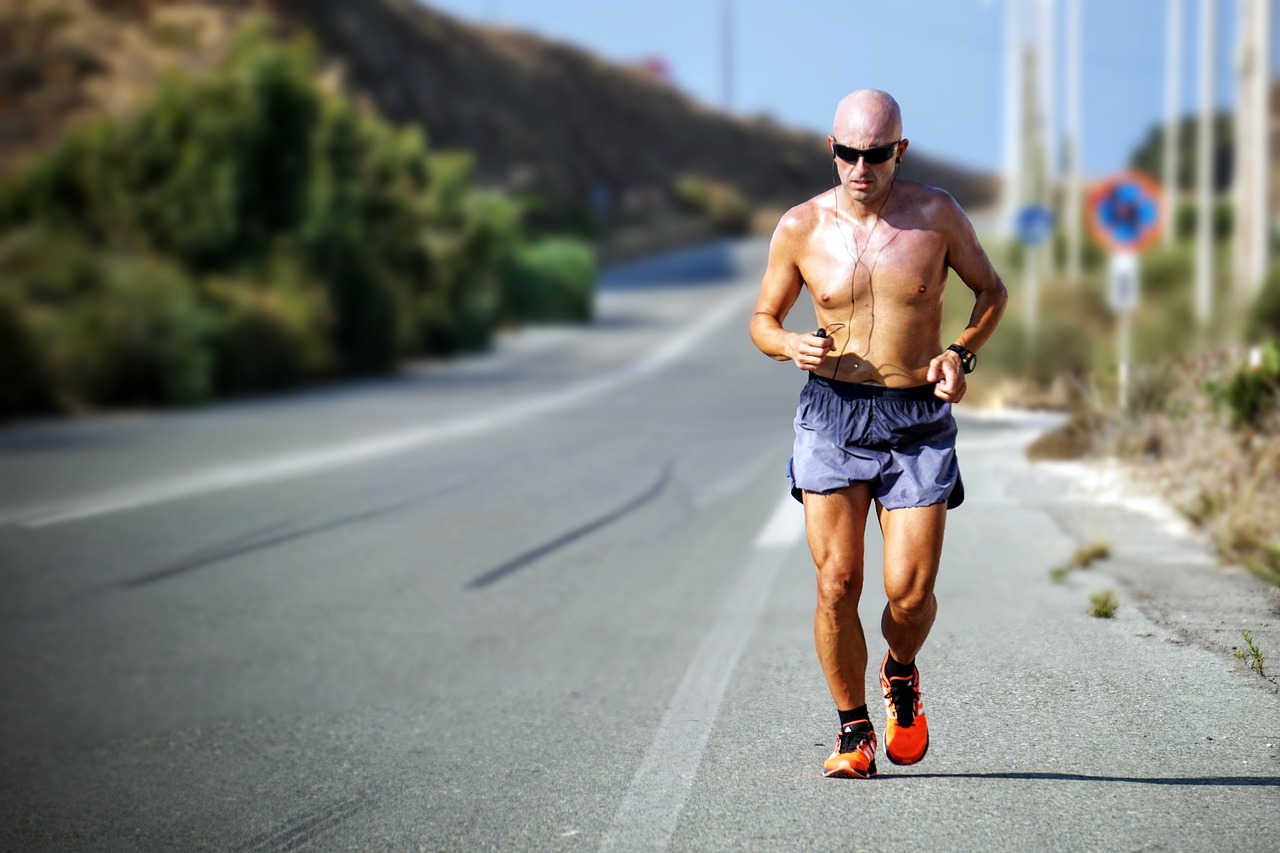


People dedicated to running do it in all conditions from freezing weather to excessive heat. Whether it’s taking your exercise program outside or running, there are benefits and dangers. It’s especially true if you’re running in the heat. Unlike the person exercising in their backyard, the runner may go miles from their home. If they succumb to the heat or dehydrate, they can’t go into the air-conditioned interior and get water. Running in the heat takes planning.
Plan your route carefully.
For those steaming hot days, plan a cooler route. It might be in a local park or a shady street lined with trees. Don’t run on concrete or asphalt exposed to the hot sun if you can help it. They absorb heat and make the run even hotter. A run along a lakeside or river keeps the heat down. If you don’t have those luxuries, plan your route with stops for water, like an air-conditioned gas station, grocery, or fast food restaurant. You may not need to stop, but the cooler temperatures are available if you do need them.
Even if you pass convenience stores or groceries, carry water.
You may plan the perfect trip with water fountains along your run or places to stop for water. That perfection may be a mirage if you require fluid between those places. Water fountains can be out of service, and stores can close. Carry water with you. Use water waist belts, hydration vests, fanny or backpacks, or carry a bottle. Carrying water or a sports drink is vital for long runs. You can freeze water by dumping a small amount out of a bottle, recapping it, and freezing it. It will melt as you run and keep the bottle cold.
Dress appropriately and adjust your pace for the weather.
Your clothing should be cool, breathing, and wickable. Keep the colors light, wearing white or pastels. Wear a hat or headband that wicks sweat from your face. Wear loose-fitting clothing that allows sweat to evaporate and cool you. Don’t try to set any records on the hottest days. Slow your pace. Don’t attempt the same distance. That rule isn’t true if you’re training for a marathon where the weather is sizzling.
- Drink water before you go. Don’t gulp it down as you’re leaving. Consume it periodically up to a half hour before you leave. Take enough water to drink 4-6 ounces every 15-20 minutes. If you’re running longer than an hour, take a sports drink.
- Run at the coolest part of the day. Most people run at sunrise when the weather is dangerously hot. Some choose the evening when it’s cooling. Wear reflective clothing if you’re running at either time.
- Check the weather forecast if you’re taking a long run. If there are heat warnings or dramatic temperature fluctuations, consider a different exercise. Walk in an indoor mall or go to an air-conditioned gym and use a treadmill.
- Pay close attention to signs of heat-related conditions and dehydration. They include muscle cramps, low blood pressure, increased heart rate, and visual impairment. Take a phone with you and phone to phone for help if any of those occur.
For more information, contact us today at Travel Trim
